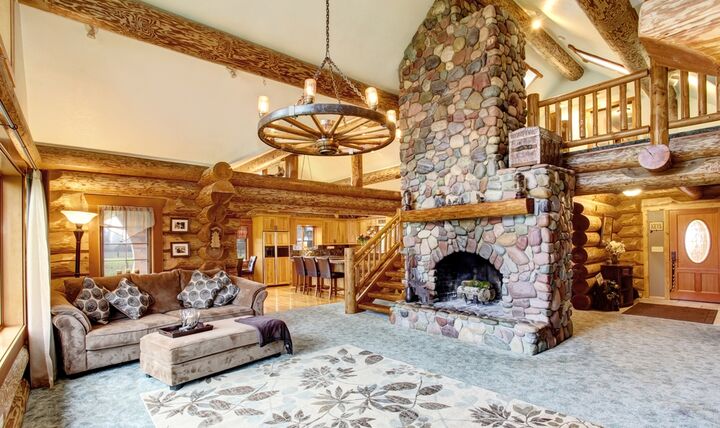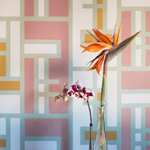
Making the fifth wall lively and vibrant
Believe it or not, the fifth wall is one of the parts in the house that is often neglected or ignored. In most cases, it is usually left plain or just painted white, just so that it will somehow blend with the other parts of the house. Between 16th and 18th century, the ceiling was the focal point of the interior.
Remember the Sistine Chapel? In 1508 Pope Julius II hired Michelangelo to paint the ceiling of the chapel so that it would not appear plain and bare. As most of us is aware, Michelangelo is known and became famous for being a sculptor with some of his great and immortal works such as Pieta and David. Michelangelo painted the ceiling in 1508 until 1512, with probably a help from a theologian from Vatican. The ceiling painting is focused around several scenes from the Old Testament, such as the Creation of the World, and the story of Noah and the Flood.
Of course, we are not expecting your ceiling to have the same painting as that of the Sistine Chapel. What we are trying to point out is that there are many ways to make the ceiling eye catching just like the other parts of the home interior.
All about the fifth wall
The ceiling is an overhead interior surface that provide as a cover for the upper limits of the room. Most designers consider the ceiling as a finished surface and not as a structural element. There are various types of ceilings and the most common is the dropped ceiling. This type of ceiling is suspended from the structural elements above, such as pipework or ducts. The other types of ceiling are called cathedral ceiling, concave ceiling, stretched ceiling, and the coffered ceiling.
In the past, the ceiling is decorated with fresco painting, mosaic tiles, and others. The good thing about these timeless pieces is that they will not be damaged by human hands.
Many designers and homeowners feel bad if the ceiling is left untreated. The fact that paying attention to the ceiling design faded mostly into history is exemplified by the ceilings of many houses which are just painted with plain white, and that’s it. The main objective for designing the ceiling is to do something that really draws up the eye up in the space.
Fifth Wall design ideas that is truly captivating
Whether you paint the ceiling with dark or bright colors, or apply wallpaper, remember that never leave the ceiling untreated or left in plain white paint. This would only appear that your home is a victim of cost cutting budget painters.
This article has some tips on how to create a ceiling that could be the focal point of the home interior:
1. Paint the ceiling black. Designers consider painting the ceiling black create mystery or glamour in the room. If done in the bathroom ceiling, the color can modernize a boring bathroom.
2. Add some texture into the ceiling by adding different material. For instance, wooden slats can create a modern but warm mood.
3. Beams. Exposed beams look great. It is best if you emphasize the beams by painting them with bright colors.
4. If you are a fan of the gray color, you can use the color to paint the ceiling as well as one section of the wall. This style will draw your eye up and then down again to the wall.
5. Painting the ceiling with the same color as the wall is one great idea to keep the color flowing. This is good for bedrooms, living rooms and the bathroom.
6. Exposed pipes are not a structural mistake. These pipes can be highlighted by painting them to make them more striking.
7. Your ceiling may not look like the one in Sistine chapel, but you can have a modern art in your ceiling. Favorite superheroes or comic characters will truly make your ceiling the focal point of the house.
 Australia
Australia
 Austria
Austria
 Belgium (Dutch)
Belgium (Dutch)
 Canada (English)
Canada (English)
 Denmark
Denmark
 Estonia
Estonia
 Finland
Finland
 France
France
 Germany
Germany
 Ireland
Ireland
 Italy
Italy
 Luxembourg (French)
Luxembourg (French)
 Netherlands
Netherlands
 New Zealand
New Zealand
 Norway
Norway
 Poland
Poland
 Portugal
Portugal
 Romania
Romania
 Singapore
Singapore
 Spain
Spain
 Sweden
Sweden
 Switzerland (French)
Switzerland (French)
 USA
USA
 United Kingdom
United Kingdom
 Other Countries
Other Countries




